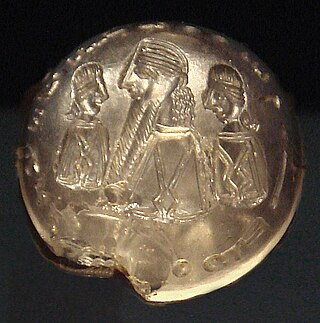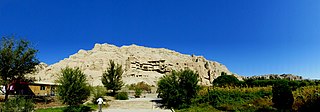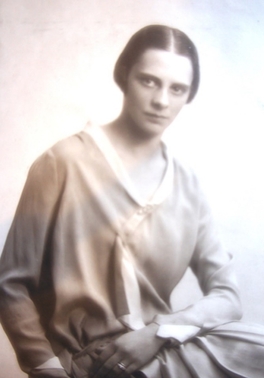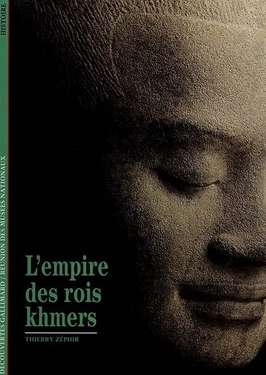
Manichaeism is a former major religion founded in the 3rd century AD by the Parthian prophet Mani, in the Sasanian Empire.

The Tocharians, or Tokharians, were speakers of Tocharian languages, Indo-European languages known from around 7,600 documents from around 400 to 1200 AD, found on the northern edge of the Tarim Basin . The name "Tocharian" was given to these languages in the early 20th century by scholars who identified their speakers with a people known in ancient Greek sources as the Tókharoi, who inhabited Bactria from the 2nd century BC. This identification is generally considered erroneous, but the name "Tocharian" remains the most common term for the languages and their speakers. Their actual ethnic name is unknown, although they may have referred to themselves as Agni, Kuči and Krorän, or Agniya, Kuchiya as known from Sanskrit texts.

Kucha, or Kuche, was an ancient Buddhist kingdom located on the branch of the Silk Road that ran along the northern edge of what is now the Taklamakan Desert in the Tarim Basin and south of the Muzat River.

The Kizil Caves are a set of Buddhist rock-cut caves located near Kizil Township in Baicheng County, Aksu Prefecture, Xinjiang, China. The site is located on the northern bank of the Muzat River 65 kilometres west of Kucha. This area was a commercial hub of the Silk Road. The caves have an important role in Central Asian art and in the Silk Road transmission of Buddhism, and are said to be the earliest major Buddhist cave complex in China, with development occurring between the 3rd and 8th centuries CE. The caves of Kizil are the earlier of their type in China, and their model was later adopted in the construction of Buddhist caves further east. Another name for the site has been Ming-oi, although this term is now mainly used for the site of Shorchuk to the east.

The Arzhang, also known as the Book of Pictures, was one of the holy books of Manichaeism. It was written and illustrated by its prophet, Mani, in Syriac, with later reproductions written in Sogdian. It was unique as a sacred text in that it contained numerous pictures designed to portray Manichaean cosmogony, which were regarded as integral to the text.

The Ziwiye hoard is a treasure hoard containing gold, silver, and ivory objects, also including a few gold pieces with the shape of human face, that was uncovered on in Ziwiyeh plat near Saqqez city in Kurdistan Province, Iran, in 1947.
Thames & Hudson is a publisher of illustrated books in all visually creative categories: art, architecture, design, photography, fashion, film, and the performing arts. It also publishes books on archaeology, history, and popular culture.

World of Art is a long established series of pocket-sized art books from the British publisher Thames & Hudson, comprising over 300 titles as of 2021. The books are typically around 200 pages, but heavily illustrated. Unlike some concise or popular art books, the layout is traditional with text and pictures often on the same page, but segregated. The series was launched in 1958, and over 300 titles have been published in all; according to Christopher Frayling, former Principal of the Royal College of Art, "there are paint-stained copies in every art school in the land".

Shilpa Shastras literally means the Science of Shilpa. It is an ancient umbrella term for numerous Hindu texts that describe arts, crafts, and their design rules, principles and standards. In the context of Hindu temple architecture and sculpture, Shilpa Shastras were manuals for sculpture and Hindu iconography, prescribing among other things, the proportions of a sculptured figure, composition, principles, meaning, as well as rules of architecture.

David Talbot Rice was an English archaeologist and art historian. He has been described variously as a "gentleman academic" and an "amateur" art historian, though such remarks are not borne out by his many achievements and a lasting legacy of scholarship in his field of study.

The Tocharian script, also known as Central Asian slanting Gupta script or North Turkestan Brāhmī, is an abugida which uses a system of diacritical marks to associate vowels with consonant symbols. Part of the Brahmic scripts, it is a version of the Indian Brahmi script. It is used to write the Central Asian Indo-European Tocharian languages, mostly from the 8th century that were written on palm leaves, wooden tablets and Chinese paper, preserved by the extremely dry climate of the Tarim Basin. Samples of the language have been discovered at sites in Kucha and Karasahr, including many mural inscriptions. Mistakenly identifying the speakers of this language with the Tokharoi people of Tokharistan, early authors called these languages "Tocharian". This naming has remained, although the names Agnean and Kuchean have been proposed as a replacement.

The German Turfan expeditions were conducted between 1902 and 1914. The four expeditions to Turfan in Xinjiang, China, were initiated by Albert Grünwedel, a former director at the Ethnological Museum of Berlin, and organized by Albert von Le Coq. Theodor Bartus, who was a technical member of the museum staff and was in charge of extricating paintings found during the expeditions from cave walls and ruins, accompanied all four expeditions. Both expedition leaders. Grünwedel and Le Coq, returned to Berlin with thousands of paintings and other art objects, as well as more than 40,000 fragments of text. In 1902, the first research team financed largely by Friedrich Krupp, the arms manufacturer, left for Turfan and returned a year later with 46 crates full of treasures. Kaiser Wilhelm II was enthusiastic and helped finance the second expedition along with Krupp. The third was financed by means of the Ministry of Culture. The fourth expedition under Le Coq was dogged by many difficulties and was finally cut short by the outbreak of World War I in 1914.

Tamara Talbot Rice was a Russian then English art historian, writing on Byzantine, Russian, and Central Asian art.

The Bichvinta mosaic is a 5th or 6th-century floor mosaic from the ruined early Christian church at a cape in the coastal town of Bichvinta or Pitsunda, anciently known as Pityus, in Abkhazia/Georgia. It depicts symbolic animals, birds, and plants.

Leaf from a Manichaean book MIK III 4959 is a fragment of Manichaean manuscripts collected in Germany Berlin Asian Art Museum, drawn during the 8th-9th centuries, Was discovered in Xinjiang by German Turpan expedition team in the early 20th century. The remaining page is 8.2 cm long and 11.0 cm wide, with slender painting illustrations on both sides.

Leaf from a Manichaean book MIK III 4974 is a fragment of Manichaean manuscripts collected in Germany Berlin Asian Art Museum, drawn in the 10th century, 20 At the beginning of the century, it was discovered by German Turpan expedition team in Xinjiang Gaochang Ancient City. The remaining page is 7.9 cm long and 15.5 cm wide, with an illuminated manuscript illustration drawn in the center of the front. The upper part of the book is written with Middle Persian Benediction The scriptures indicate that this fragment originally belonged to a Manichae Liturgical book.

Leaf from a Manichaean book MIK III 6368 is a fragment of Manichaean manuscripts collected in Germany Berlin Asian Art Museum, drawn during the 8th-9th centuries, Was discovered in Xinjiang by German Turpan expedition team in the early 20th century. The remaining page is 8.2 cm long and 11.0 cm wide, with slender painting illustrations on both sides, and the text is Sogdian.

Manichaeism has a rich tradition of visual art, starting with Mani himself writing the Book of Pictures.

Sakez also known as Sekez, Sekakez and Scyth (Eskit) was a sizable urban settlement and historical ancient city in the first millennium BC in Iran. It was the political and military capital of Scythians in western Iran and one of the few ancient cities that has been the residence of people and the center of civilization and it still is. Archaeologists believe that the present-day city of Saqqez in Kurdistan is the remnant of the city of Sakez, which takes its name from the Scythians and, with a slight change in pronunciation, is still called by the same name.

Khmer: The Lost Empire of Cambodia is a 1997 illustrated monograph on the culture and history of Khmer Kingdoms. Written by Thierry Zéphir, a professor of the École du Louvre, and published by Éditions Gallimard as the 310th volume in their "Découvertes" collection, in collaboration with the Réunion des Musées Nationaux.

















